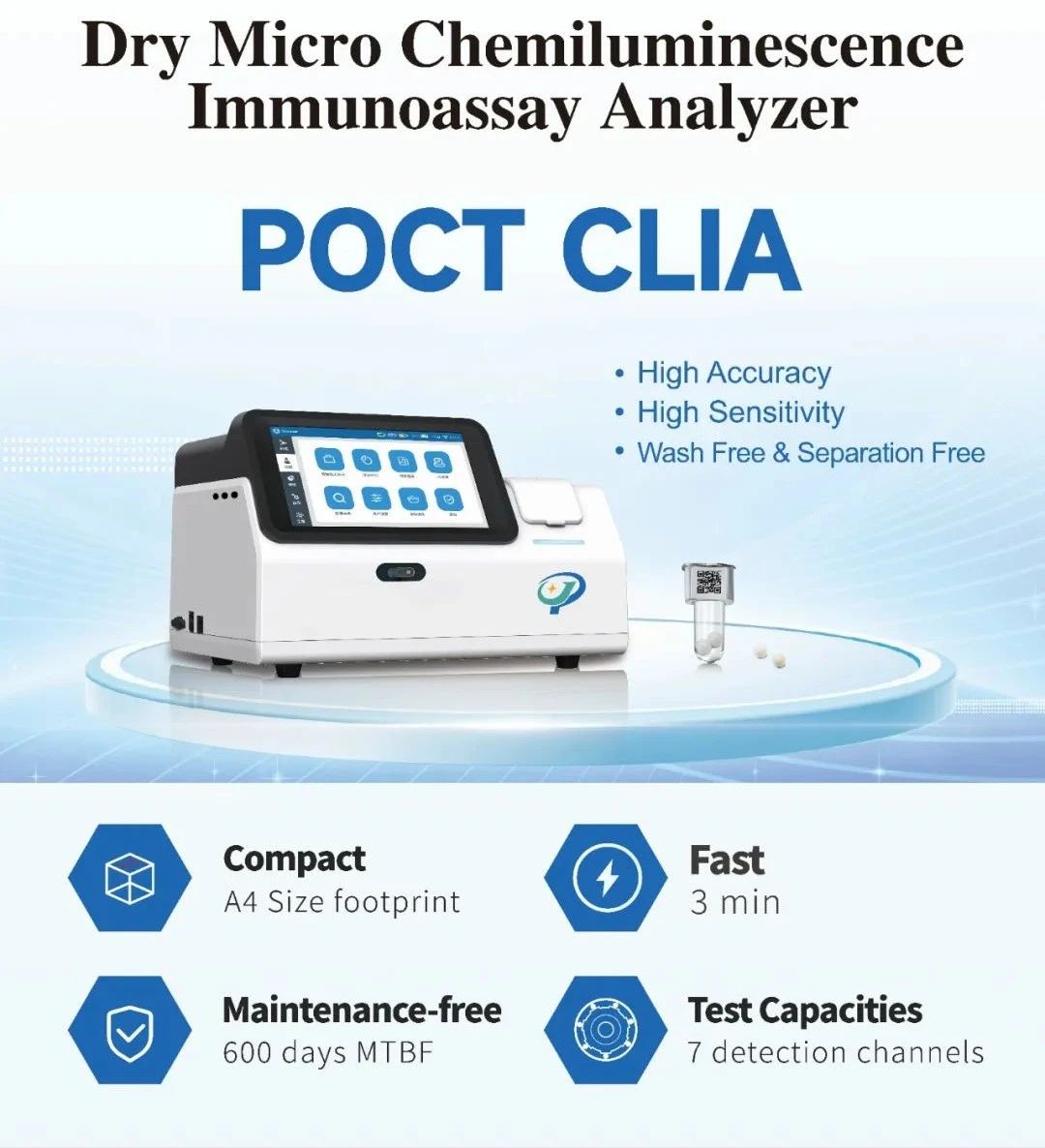Emerging technologies in hemostasis diagnostics
Recent discussions among experts on platelet function testing have highlighted significant advancements in Poclight's CRET technology. Notably, homogeneous chemiluminescence utilizing resonance energy transfer for detecting platelet membrane proteins offers an innovative solution to the limitations associated with traditional flow cytometry methods. This cutting-edge approach is poised to become the new trend in detecting activated molecules.
Addressing Current Limitations
Traditional flow cytometry in platelet function testing has its drawbacks, particularly when it comes to accurately assessing platelet activation in vitro. The homogeneous chemiluminescence method effectively addresses these challenges by providing a more reliable measurement of platelet activation status. With this technique, there’s no need for sample pretreatment, allowing for results to be obtained in as little as 5 minutes. This rapid turnaround time not only improves efficiency but also effectively solves the issue of platelet activation during sample handling, ensuring a true reflection of the in vivo activation state. Poclight has successfully developed many platelet function test products using CRET technology, such as CD62p, CD61 (GPIII.a), PAC-1 (GPII.b/III.a), CD42a (GPIX.), CD42b (GPI.b), etc.

User-Friendly and Efficient
One of the standout features of this technology is its user-friendly design. The equipment is lightweight and requires no maintenance, making it accessible for various clinical settings. The one-step sample addition process simplifies operations, eliminating the need for specialized personnel or extensive training. This ease of use enables healthcare providers to integrate platelet function testing into their routine practices seamlessly.
Customizable Testing Options
Furthermore, the project indicators can be registered individually, allowing clinics to select specific tests based on their clinical needs. This targeted approach prevents unnecessary testing, ensuring that patients only undergo essential evaluations without the risk of overdiagnosis.
Homogeneous chemiluminescence for platelet function testing marks a significant leap forward in the field. By choosing this advanced method, healthcare providers can enhance their diagnostic capabilities while benefiting from the speed, simplicity, and reliability of the testing process. This innovative solution is set to reshape how we understand and monitor platelet activation, paving the way for improved patient care.











